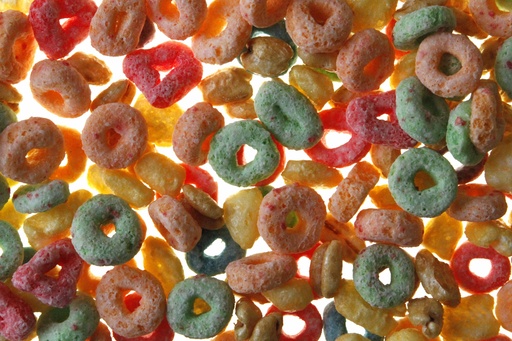
The U.S. Food and Drug Administration (FDA) has taken significant action by banning the dye known as Red 3, formally recognized as erythrosine, from the food supply starting in January. The agency has set specific deadlines for food manufacturers to eliminate this vibrant dye from various products, including candies, cough syrups, baked goods, and frozen treats. The decision follows research that indicated the dye caused cancer in laboratory rats, prompting the FDA to comply with a federal law that mandates the prohibition of any food additive linked to cancer in animals. However, officials emphasized that the mechanism by which Red 3 induces cancer in rats is not directly applicable to humans.
Red 3 is not solitary in its synthetic dye status; it is one among many artificial colors used extensively in commonly consumed products. As scrutiny around these synthetic colors increases from both experts and consumers, it’s important to comprehend what artificial colors are and their impact.
Artificial colors, derived from petroleum, are chemicals that do not exist in nature. These synthetic dyes are incorporated into food products primarily to improve their visual appeal, according to Sensient Food Colors, a supplier in St. Louis. To date, the FDA has approved nine synthetic dyes for use in food, including Red 3, and other popular additives such as Blue 1, Blue 2, Green 3, Red 40, Yellow 5, and Yellow 6. Two additional colors, Citrus Red 2 and Orange B, are scarcely utilized.
The FDA oversees the certification and regulation of synthetic color additives, and with the recent order regarding Red 3, food manufacturers must phase it out by January 2027. Those producing ingested medications have until January 2028 to comply with this directive.
Concerns regarding artificial dyes, particularly Red 3, have long been voiced by consumer advocates, including the Center for Science in the Public Interest. The link between Red 3 and cancer, particularly in rats, has been a significant reason for its proposed ban. While the dye has been banned in cosmetics for decades, it remained permitted in food and farmed drugs. Furthermore, some studies have associated artificial colors with behavioral issues in children, including hyperactivity and impulsivity, particularly among those vulnerable to attention deficit hyperactivity disorder (ADHD). Dr. L. Eugene Arnold, a former psychiatry professor, noted that while artificial colors are not the primary cause of ADHD, they may significantly contribute in some cases. Although the FDA claims that most children are unaffected by these colors, it acknowledges that sensitivity may occur in a minority.
Polling data reveals that approximately two-thirds of Americans support restricting or reformulating processed foods to eliminate ingredients like synthetic dyes. An increasing movement is calling for the removal of these dyes from food items.
In a notable development, California became the first state to prohibit six artificial food dyes in public school meals last year. More than a dozen states are expected to consider legislation aimed at banning synthetic dyes in various food contexts this year. In October, there were public protests urging the WK Kellogg Co. to eliminate artificial dyes from their cereal products. Robert F. Kennedy Jr., now the U.S. Secretary of Health and Human Services, has made commitments to improve public health, which includes addressing the usage of artificial dyes and other chemicals in food, buoyed by a community of concerned mothers advocating for healthier food options.
When it comes to alternatives, natural ingredients can provide food color. Some manufacturers have started reformulating their products to replace Red 3 with natural dyes derived from beet juice, carmine from insects, or pigments from vegetables like purple sweet potatoes, radishes, and red cabbages. However, transitioning to natural dyes is not straightforward as they may possess less stability compared to synthetic dyes, with their efficacy potentially influenced by temperature and acidity levels.
Navigating the avoidance of synthetic dyes can be challenging due to their prevalence in food items. The best strategy is to thoroughly read ingredient labels before purchasing products. Dr. Arnold advises that if an ingredient list is excessively lengthy or filled with terms that are difficult to pronounce, it may be wise to refrain from buying it.

